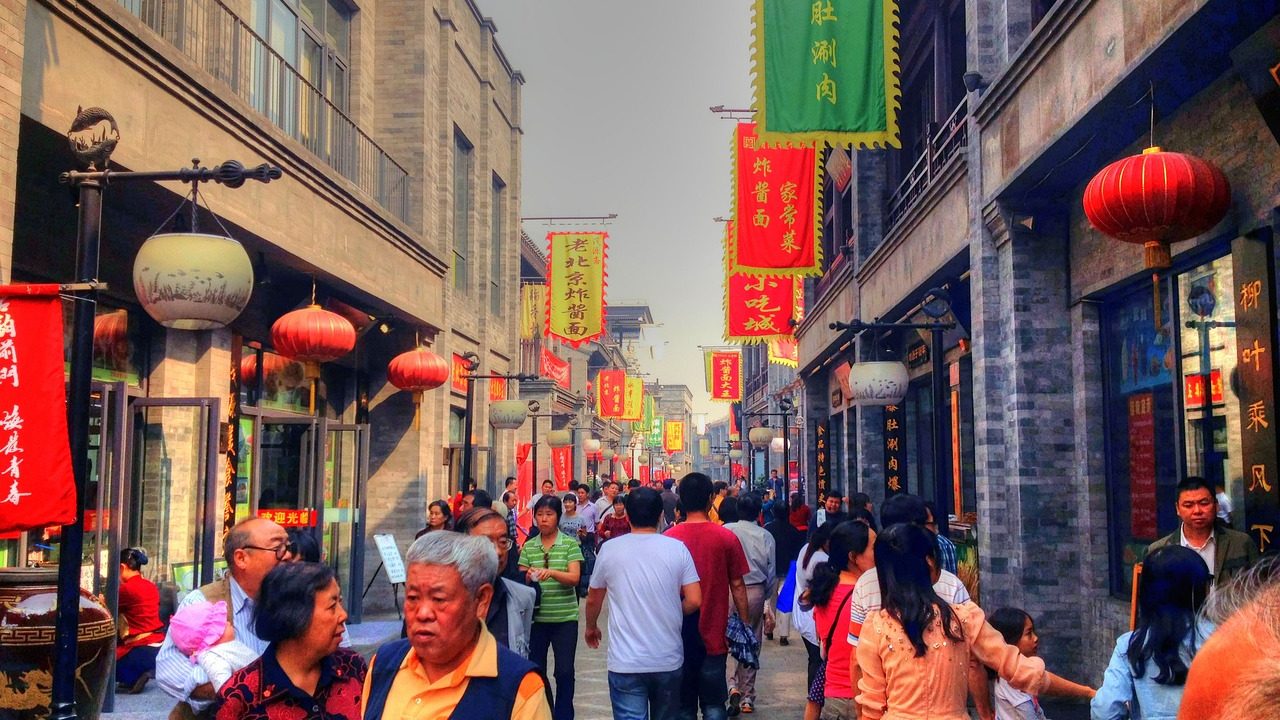Embarking on an enchanting journey through ancient China, artifacts and tombs hold silent stories of lives past, unveiling how gender roles and childhood molded the ancient world. Burial practices, reflected in the Shang, Zhou, and Han dynasties, reveal profound insights into societal roles. Artifacts illuminate women’s lives, showcasing daily roles and subtle influences. Childhood relics paint a vivid picture of nurturing and education during various epochs. In the Han Dynasty, leaders recognized children’s pivotal role, laying the foundation for a robust empire. The evolving narrative underscores cultural evolution and invites reflection on ancient norms.

In ancient China, there are connections with the past lives buried in artifacts and tombs, like silent stories waiting to be told. Let’s embark on a fascinating journey, exploring how gender roles and childhood development shaped the lives of people in ancient times. Through the remnants of the past, we uncover the vibrant tapestry that makes up the cultural fabric of ancient China.
Unearthing Gender Roles
Digging into the historical records of how genders were treated in the “good old days,” the findings were not surprising, given the pervasive differentiation between genders. To be explicit, it revealed an even more regressive scenario.
Burial practices provide a profound education fabric of ancient Chinese society. Distinctive burial rites and grave goods shed light on the assigned roles and symbolic meanings tied to gender. Tombs from the Shang (14th-11th BCE) and Zhou (10th-3rd BCE) periods, as well as the Han dynasty (207 BCE – 220 CE), are particularly significant in understanding the cultural and gender-related aspects of burial rites and grave goods. The strict division of the sexes in ancient China, as evidenced by the policy that “men plow, women weave,” is also reflected in the burial practices, highlighting the differentiated roles of men and women in Chinese society. Within the folds of archaeological findings, the lives of women in ancient China come into focus. Artifacts such as intricately crafted jewelry, clothing, and domestic items offer glimpses into women’s daily lives, societal positions, and the subtle influence they wielded within family and community spheres.
Children in the Past
As we sift through the remnants of antiquity, childhood development emerges as a poignant theme. Toys, clothing, and the unique contexts of child burials provide a canvas on which we can sketch the nurturing practices, educational influences, and societal expectations surrounding children during various historical epochs.
During the Han Dynasty (206 BCE – 220 CE), people realized that kids were super important in building a strong empire. Leaders understood that for the empire to do well, they needed to help kids grow up smart and skilled. So, they focused on teaching and developing the younger generation, believing that their success would determine the empire’s success. It was like laying the foundation for a strong and united empire by investing in the growth of its future leaders. More people started realizing how important children were in Han society when biographies started including important childhood events. In cities in China, childhood experiences were different, and they were paying more attention to the differences between boys and girls. However, regular early education for little kids in China was facing some problems. Families were changing, and Western ideas were becoming more influential, making it harder to stick to the old ways of teaching young children.
In unraveling the pages of ancient China’s history through archaeology, we discover a rich narrative of gender roles and childhood development. The artifacts, burial practices, and familial rituals collectively form a mosaic that not only deepens historical understanding but also invites reflection on the enduring threads and evolving nuances of cultural norms through the corridors of time.
ARTICLE BY – ANURAG PANDEY | EDITED BY – SAHIL HARVANI



